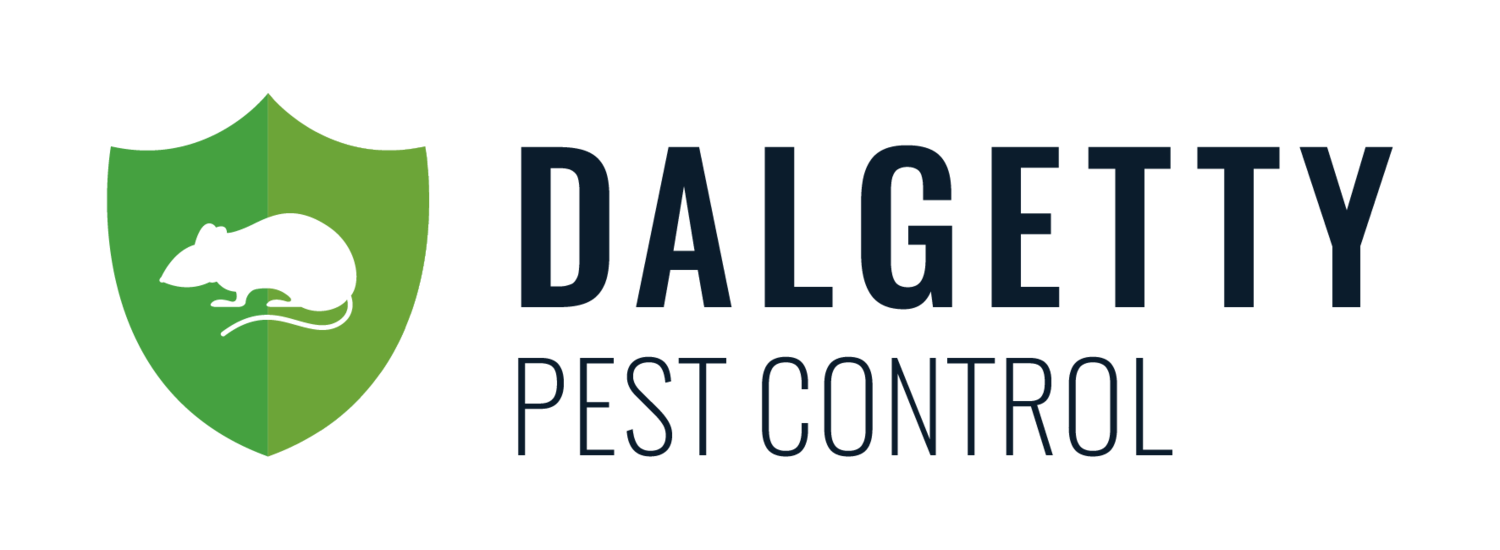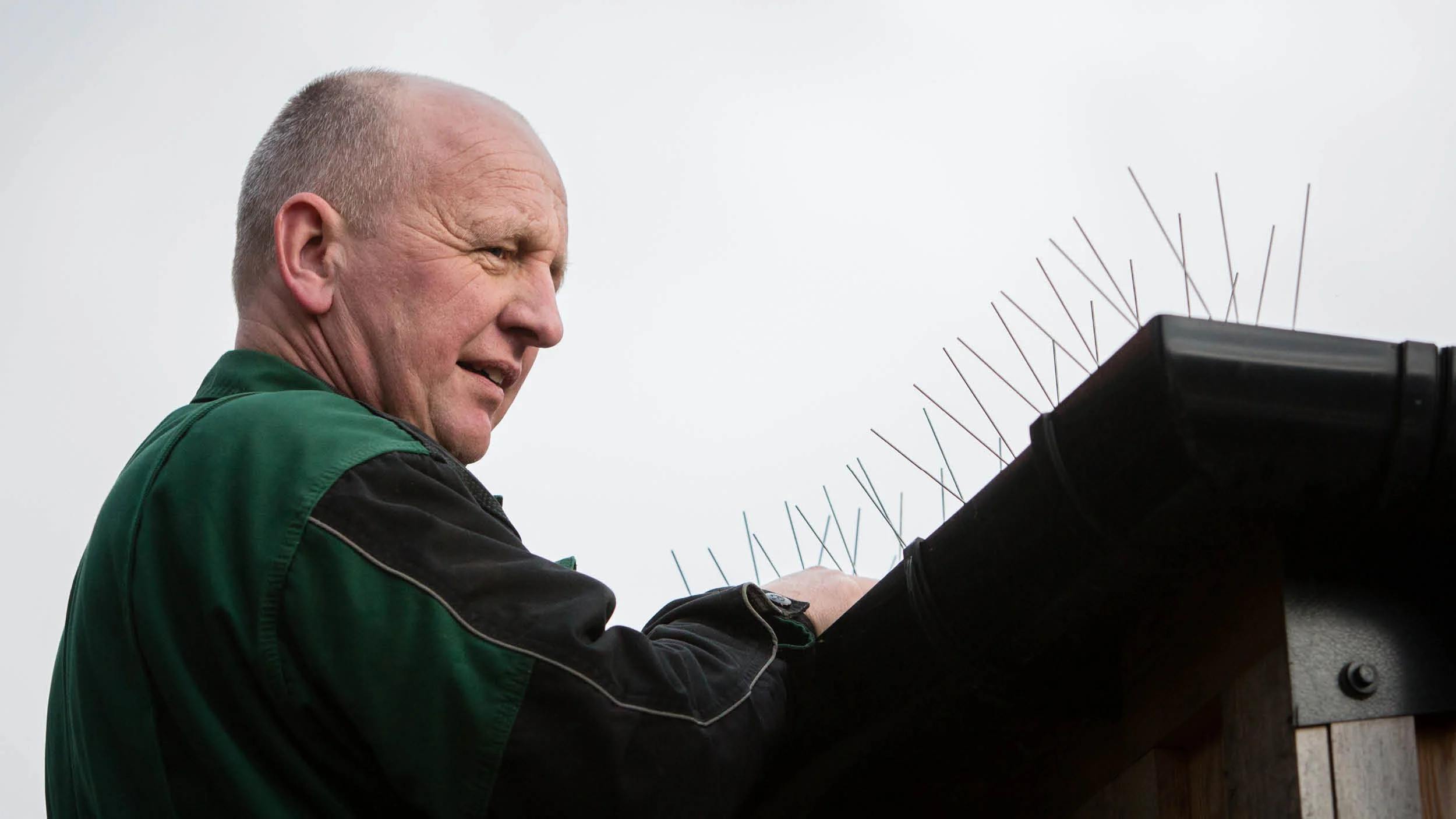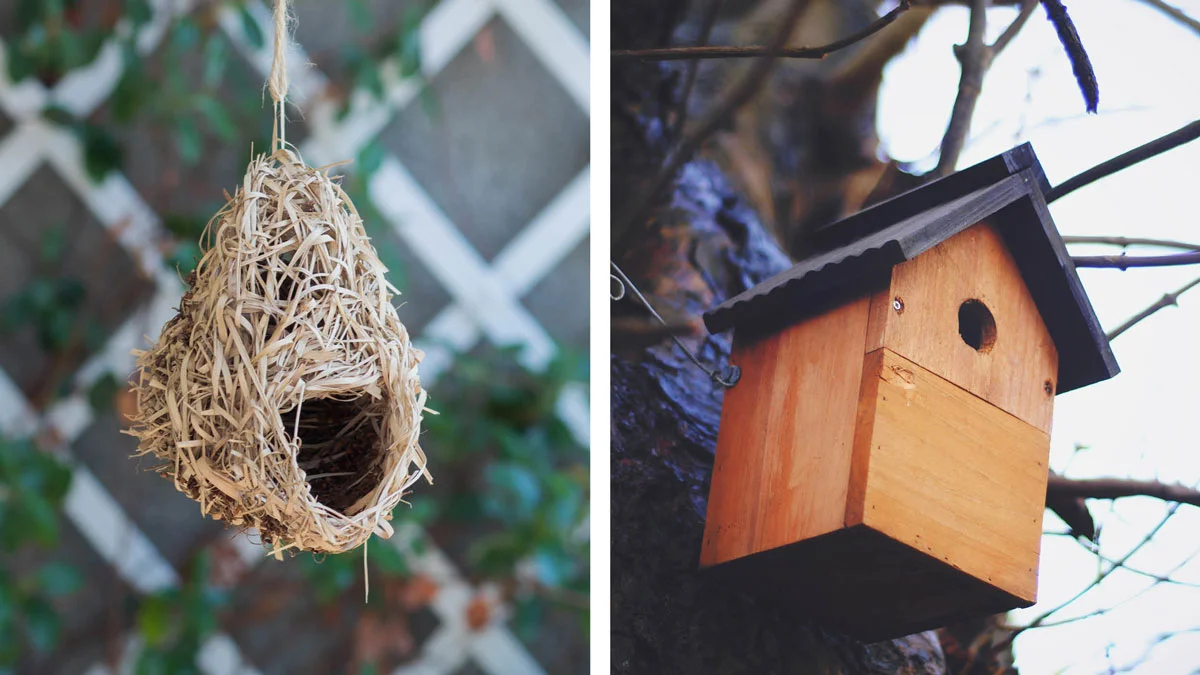Bird prevention; How to get rid of birds nesting in your eaves
/If you have been driven crazy by incessant scrabbling or are fed up of the mess being left behind by birds nestling in your eaves the question at the fore-front of your mind, is going to be how the hell can I get rid of them?!
The answer in short is that you pretty much can’t, not unless they are causing a health risk and you’re authorised to remove them!
So once a bird has decided to nest, you can’t touch it!
Sorry, I know that’s not exactly what you wanted to read! …..
However, let’s not linger on the negative, what you can do is prevent them nesting in the future. This article shares some of our top tips for making sure you get the right tools in place so that you can sleep soundly during the next nesting season!
Why we cannot remove nests from your properties eaves.
Birds need to nest in order to have their young, and with the loss of their natural homes over the years they have been forced to share our homes and use our roofs to nest. It’s important that whilst we protect your home, we also protect theirs too.
All birds, eggs and their nests are protected by the Wildlife and Countryside Act, 1981. It is an offense to damage or destroy an active nest or prevent parent birds from returning to the nest. Also, there are certain birds such as Owls, Bearded Tits & Golden Eagles who are specified in Schedule 1 of the legal act, outlining that it is an offense to cause disturbance to the birds when they are in or near their nest.
Authorised personnel can remove nests but only when there’s risk to public health, for example if it’s to stop the spread of disease or if there’s a potential risk to the air space. They can also be removed if it’s proven that they are causing ‘serious damage to livestock, foodstuffs for livestock, crops, vegetables, fruit..’according to the RSPB explanation of the Wildlife and Countryside Act.
Check out this link for more information.
In order to protect yourself and to ensure you don’t harm the wildlife, you should avoid touching the nest or interfering with the birds at this time.
We know this doesn’t solve your problem, so keep reading to see 4 key steps to prevent birds nesting on your home in future.
The type of birds usually found in roof eaves
The UK is known to have around 600 different bird types, but actually very few will be attracted to your roof space. The most common are :
House Sparrows
Starlings
Swifts
Swallows
Blue tits/Great Tits
Jackdaws
Wondering what type of birds you have? Try this handy tool from the RSPB
Bird Prevention 4 key steps to stop birds using your property as a nesting ground.
1.Clear debris.
To stop birds being attracted to your home in the first place, ensure all your rubbish is cleared away. Birds see rubbish as materials that they can use to build their nest, so in order to make sure your home doesn’t catch their attention in the first place make sure your bins and lids are secured.
Open rubbish can not only attract birds to your home, but many other pests too!
Related Content link: How to get rid of rats in your home.
2.Seal up holes in your roof
It’s important to check your building in the winter, before the birds start nesting for gaps or spaces the birds could use to nest. If you find spaces then make sure to clean them out and seal them up, make sure to do this in the morning to minimise the risk of a bird roosting in them.
For your home it’s recommended using a wire mesh over any holes in your roof to deter them from getting in and nesting. If you have a sealant you may wish to seal up your roof but first make sure that there are no birds left nesting.
3. Prevent birds perching on your guttering and roof
Once you’ve checked your roof is sound and there’s no current nests in your roof, there are precautions you can take to stop birds landing on your roof, the most common being spikes. You often see these spikes on industrial buildings, shops or hospitality establishments roofs.
Now, having spikes on the exterior of your home can sound scary, but they aren’t as obvious as you might first think! The thin metal and clever placement of the spikes means they hard to see - so don’t worry your home won’t end up looking like a warzone!
If you still aren't keen on having spikes, you could opt for ‘NestDiverters’ which is a discreet, clear, acrylic shield that stops the birds being able to get close to the buildings eaves. They function well and the additional key advantage to this bird proofing technique is that are almost invisible to the eye. Resulting in a quiet nights sleep without altering the look of your home. As listed installers of these products for Scotland, we are able to install them safely for your home. Check out this link for more information.
4. Position a decoy in place.
You could try placing a decoy bird such as a plastic hawk on the roof which will discourage birds from nesting on your property. These model birds act just like a scarecrow, discouraging birds from coming near your property as they will see the hawk as a predator and a potential threat.
A decoy bird is a non-invasive way to discourage birds, the problem is that birds are smart so this will only last for a short period of time- in some cases a matter of days.
5. Repellent gels
Please don’t use these, they are available in the UK, but there is a high risk to the birds and although not poisonous the risk is that bird eyelids can get stuck together. Although their bird song can be annoying at 5am, that is no reason to make a bird suffer. In addition they aren’t proven to work so use your pennies elsewhere!
6. Encourage the birds to change nesting space next year
At the end of your tether? Tried all the suggested precautions and still finding the feathered friends nesting in your roof? You might be panicking thinking there’s nothing you can do, but there is still hope for next year by encouraging the birds to move elsewhere!
A top-tip suggested by the RSPB is to make an ‘artificial nest’. To do this you can simply use an ice cream tub and cut a hole within it. Make sure to roughen the surface and make some drain holes before hanging the tub up.
You can buy bird boxes along with bird feeders, if you place these out early enough near your home, there is a chance that the birds will choose to nest there instead.
In summary
Birds are protected by the Wildlife and Countryside Act, 1981 and so its is unlawful to remove a bird nest once it is occupied. Some nests are only used once, while others are returned to every year.
While it can be frustrating, the best thing you can do as the occupier of the property is to put prevention measures in place for next year. Don’t find yourself in the same situation next year, put a reminder in your calendar at the end of the summer and get your deterrents in place.
Scared of heights, or not sure what to use? Get an expert in !
For more information check out our page on birds to see what we can do to help or get in touch with us direct for some advice on your bird issue.






